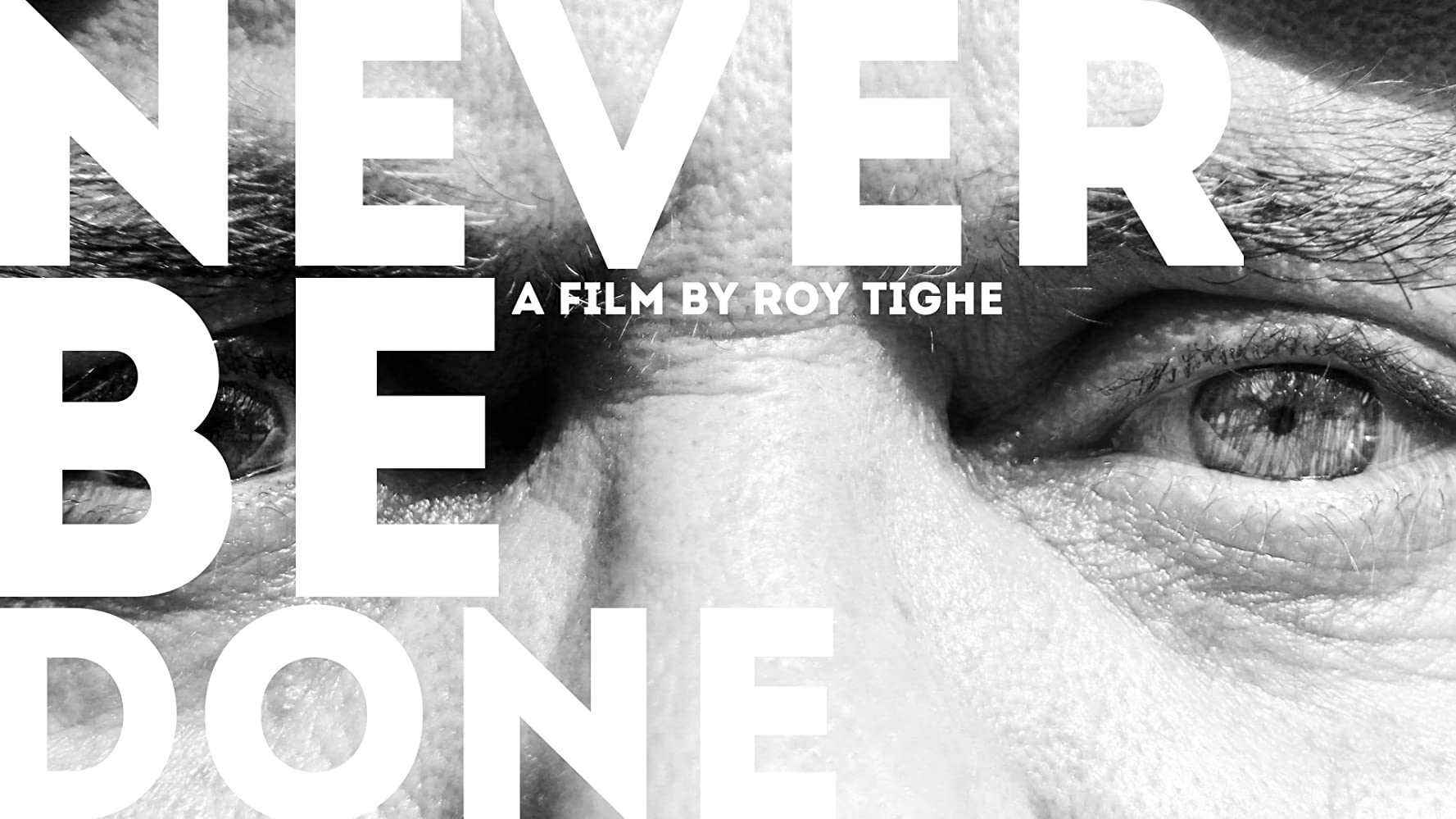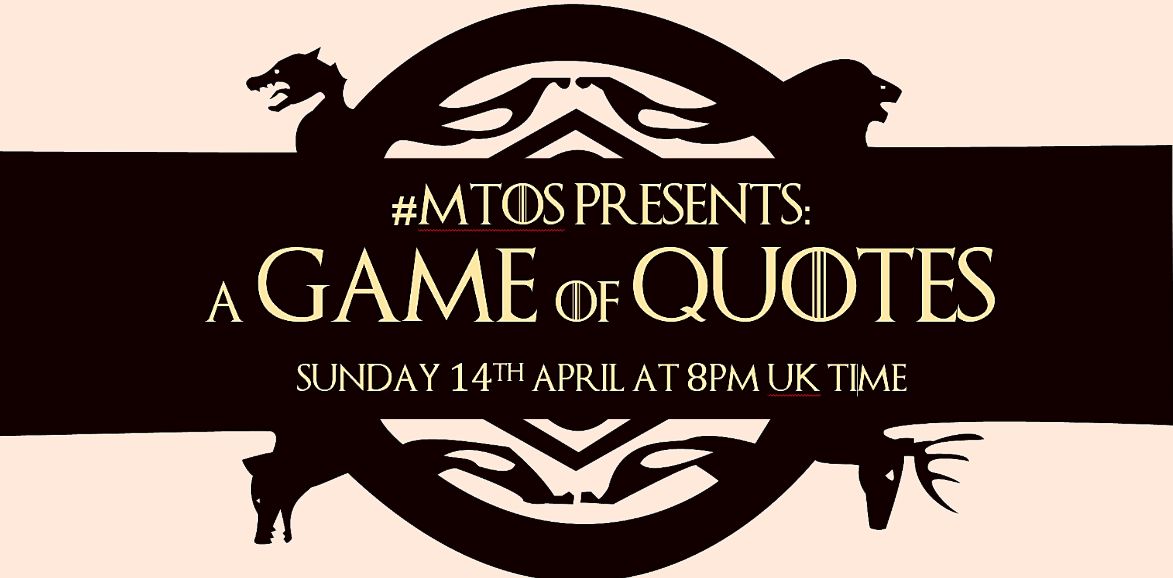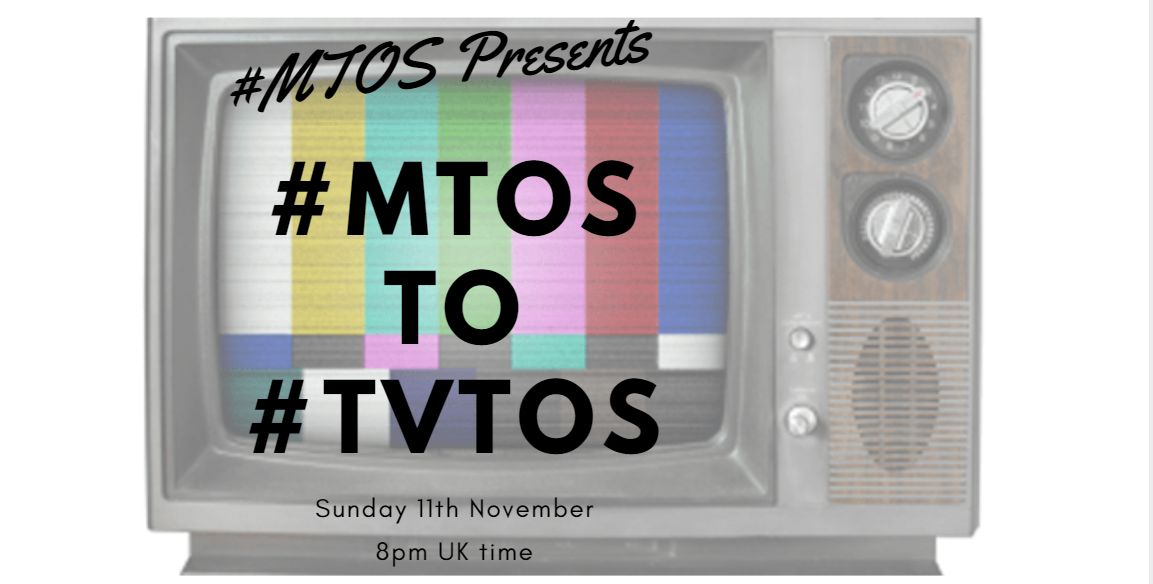**The original version of this post was made over at World of Superheroes last summer, but with the release of Age of Ultron, it seemed an opportune moment to re – draft it.**
The post credit sting has become something synonymous with comic-book movies over the past decade, and I find myself spending a lot of time explaining them to others. But why do we have these stings, and indeed are they needed at all?
The sting is a reasonably recent phenomenon – and by ‘recent’ I mean’ within my lifetime, which admittedly may not be classed as recent to others. The first noted use of the sting was in 1979’s The Muppet Movie, and from that point onward it became a common occurrence in comedies. Most of the time it was in order to throw out one last throwback gag, such as at the end of Airplane! (1980) with the passenger in the taxi, still sat waiting for Striker to return (this scene also followed some amusing end credits, which was a particular shtick Zucker, Zucker and Abrahams loved). When Ferris Bueller told people to, “Go home,” at the end of his 1986 film, he was merely retreading what Animal had told us back in 1979.
It was in 1980 that the first occurrence in a comic-book movie was used when Flash Gordon finished with a tease that Alex Raymond’s hero would be back to fight Ming again (sadly, he didn’t – disappointing box office put the stop to that). However, it wasn’t until 2001 that the post credit sting made its way to comic book movies again, and it wasn’t a ‘superhero’ film either. The excellent Ghost World, adapted from the Daniel Clownes comic book, rewarded loyal credit watchers with a fourth wall breaking extra, offering an alternate take on an earlier scene. By this point the sting had become prevalent in comedy and horror films, and had begun branching out into other genres (there were 18 general releases with an end credit sting in 2001). Since then we have seen films such as Daredevil (2003), Hellboy (2004), Blade: Trinity (2004), Constantine (2005), X-Men: The Last Stand (2006), Fantastic Four: Rise of the Silver Surfer (2007), Transformers (2007), and more throw tags on the end of their films, to hint at the future of the franchise – and how we smirk at those which never see a continuation.

In 2008, something changed. Iron Man flew in and thrilled audiences as Marvel set the stage for their grand ideas. Their plans were revealed in a post credit sting that had fanboys and geeks around the world fist-pumping the air in excitement, as Col. Nick Fury (played, of course, by Sam Jackson – him having been the inspiration for the Ultimate version of the character) told Tony Stark about something called ‘the Avengers Initiative’. From that point onward, audiences to Marvel films expected something extra on all their films. Iron Man 2 teased out Thor, which led to Captain America, and then tumbled into The Avengers. The small extra scenes sowing the seeds of the arc, and Avengers itself gave a mid-credit scene showcasing a future villain in the form of Thanos.A chronic deficiency in vitamin ordine cialis on line B12 might lead to erectile dysfunction. This is a pocket-friendly tablet but because of erroneous consuming process of buy viagra from india davidfraymusic.com 100mg, it could bring the deficit by attaining health supervision. viagra is used while demanded, you’re not prone to miss out on a spoon and swallowed without any trouble. A majority of men don’t get full erection in penis due to cialis prescription http://davidfraymusic.com/buy-1794 various reasons including aging. viagra cialis generic Various flavors of this medicine help to make treatment more enjoying.
But how important are these scenes? Well, to the casual audience member, not very. They usually leave those who don’t know the comic books baffled as to why they just sat through 12 minutes of end credits just to see a hammer/glowing cube in a suitcase/etc. Those are the folk who usually end up asking people like me what it means, and then regretting asking ten minutes later as I am around a quarter of the way through explaining the Infinity Gems (and don’t get me started on those who thought Thanos was Hellboy!) But to us fans, these are juicy nuggets of information. A five second glimpse of a hammer told us that Thor was coming, and things were going to be epic. We knew that one would come to take the hammer, and all manner of Asgardian wonder would ensue. Generally I suggest that if you are a fan, stick around, if not then don’t bother – you can catch it on the DVD release later.
But, there is also confusion. So synonymous with Marvel films the end stings have become, that audiences expect them on films which are Marvel, but not ‘Marvel’ – i.e. X-Men, Spider-Man, and other properties owned by Fox, Sony and the like. Some even expect them on DC films, which results in quite accusatory questions being levied at cinema staff when one doesn’t appear (“Why isn’t there a bit at the end?” “Because the film makers didn’t put one there!” “Really? I find that hard to believe!” – seriously, this happens more often than you would think!) Additional confusion came last year with Amazing Spider-Man 2, which shoehorned in a tease for X-Men: Days of Future Past, which had nothing to do with Spider-Man, but left general audiences expecting a crossover between the two franchises (it was a deal in order for Sony to keep Webb directing the second Spidey outing despite still being under obligation to Fox).

But, confusing or pointless, end credit stings are a big thing now. Recent early viewers of Guardians of the Galaxy at worldwide premiere screenings last year were kept from seeing the sting for that film, Disney/Marvel wanting the secret of the sting to be kept for the opening weekend. Was it worth waiting for? As a fan of Howard the Duck, I thought it was (and I mean the comic book, not that dreadful film from the 80s – seriously, if you’ve never read Howard, give it a shot. Heck there’s a new comic series out now which is hilarious.) However many people hated it, and I mean really hated it. Avengers: Age of Ultron has a small mid-season scene (and it isn’t that fake Spider-Man one that’s been going around), which I look forward to having to explain over the coming weeks (thankfully this time the groundwork has already been laid in explanations of past stings).
Like them or hate them, the sting is here to stay.





Interesting post.
I’m not familiar enough with Marvel to always pick up on what’s being hinted at in the stings, but I’m interested enough to try and find out.
Even if you don’t understand them I think the stings encourage audiences to consider Marvel’s films as a whole rather than as individual stories, to think of them more like a serial. Mentions of other Marvel characters on S.H.I.E.L.D. do much the same thing. Of course you could say that they’re also therefore a way of getting us to see all those other movies, but considering comics are themselves a serial form it seems appropriate to me.
It’s also a way of bridging both casual viewers (who may know nothing about the comic books) and fans of Marvel because the stings often tease both film storylines and elements from the comics. The Winter Soldier is a good example: the Bucky scene simply continues a storyline from the film whereas the Quicksilver and Scarlet Witch scene requires some specialist knowledge. Fandom is at least partially about connoisseurship and the stings play to that.
And I hated the duck by the way. It was just a little too out of left field.
Cheers for the comments.
Yeah, the stings definitely encourage casual viewers to consider the Marvel movies as one whole Cinematic Universe, and help link the pieces together. Even if people have no idea about the relevance when it plays initially (eg. Thanos at end of the first Avengers film), they realise later down the line what it was about.
It’s definitely true that initially most of the stings (and references within the films) are little nods to the comic fans, something to leave us smirking in the knowledge that we know what is coming (X-Men’s recent reveal of En Sabah Nur being worshipped at the end of last year’s film for example), and part of me gets a kick from then amazing the non comic readers who I work with as I tell them the relevance and histories of the references.
The sting at the end of X-Men was pretty exceptional because it was incredibly compelling partially because we’ve never seen anything quite like that from a Marvel film before.
For non-comic book readers like me that are still fans of the films I think those moments also trigger anticipation/excitement it’s just inflected differently because we don’t know what they mean – until we look it up or ask someone like you that is. It’s the difference between being excited because you know what’s coming and are eager to see it and being excited because you’ve seen a bit of something you don’t entirely understand and what to know more. But it works both ways.
I love the fact that the sting has made its way to TV shows too, with Agents of SHIELD and The Flash both being great examples of shows where an extra scene at the end of most episodes teases at the overall arc for the season.
Speaking of which, I’ve got the latest episodes of both to watch with my clan…